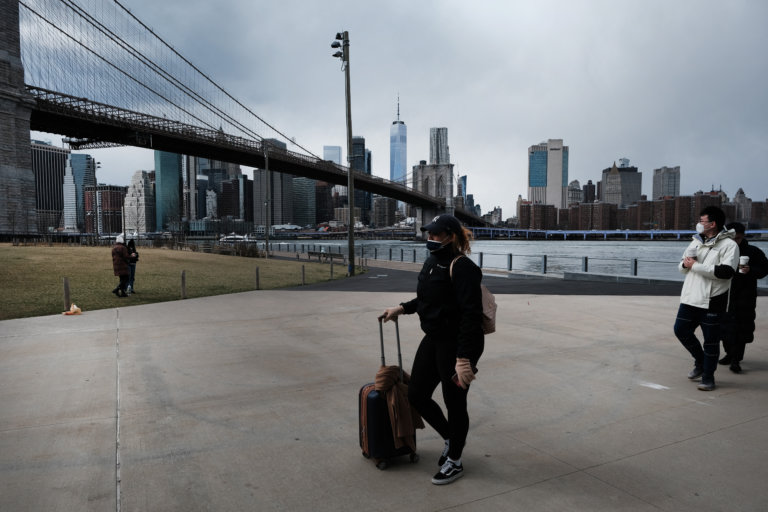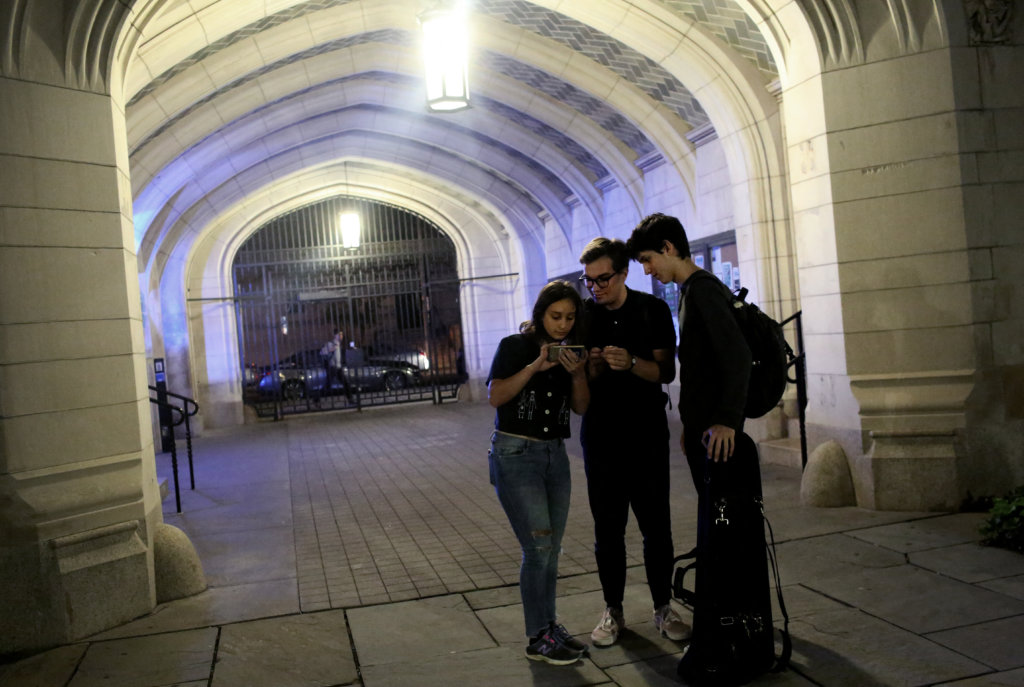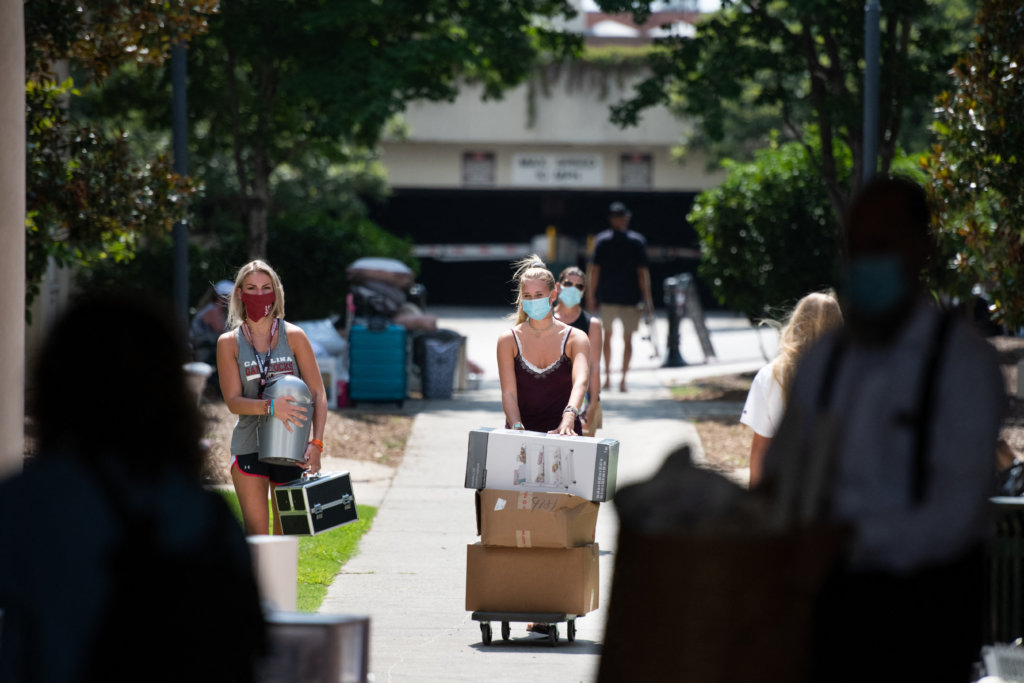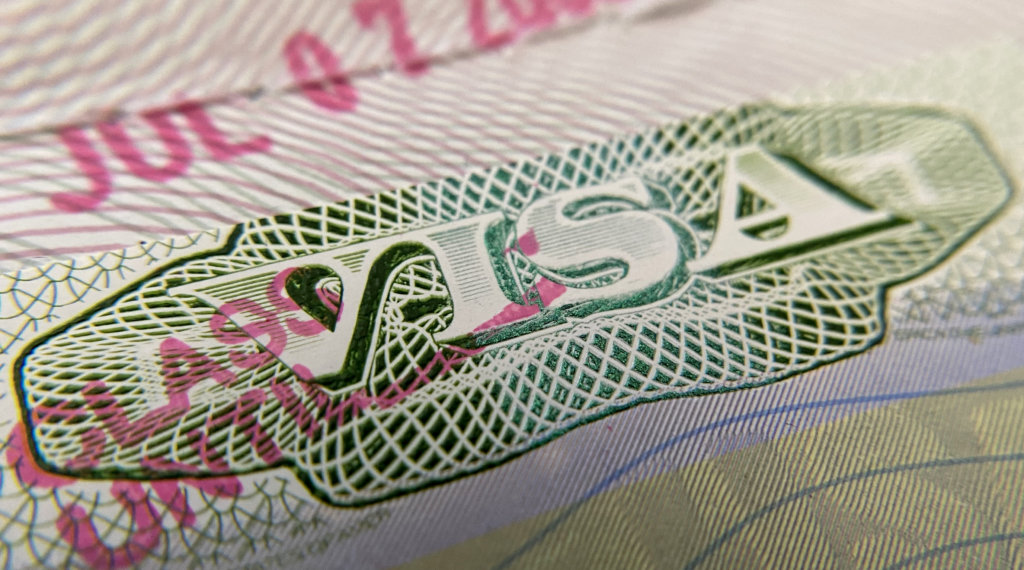
The “American Dream” is something that many foreigners dream of achieving. The US Census Bureau projects that the country’s population will hit over 332 million in January 2022.
Living in the US has many perks, and that is why the country has attracted a sizable number of migrants and international students for decades. Among them are South Asians, with the Indian population leading the pack.
According to a report by Open Doors, the US hosts the largest international student population in the world, which numbers 914,095 as of November 2021. Nearly a fifth of the international student population comprises students from India, totalling 167,582 students.
For international students from India who plan on studying and living in the US, here’s a definitive guide to help them:
Living in the US: What students from India need to know
Education quality

Higher education in the US is second to none. Students have access to seasoned academics and world-class learning facilities. Source: Yana Paskova/AFP
The US is home to some of the worlds’ best universities. In fact, 17 of its institutions are listed in the top 50 universities in the world, according to the latest QS World University Rankings 2022. Not only is the quality of education defined by its leading institutions, but many are known for their diversity and open-admissions. This is a testament to its superb learning facilities and access to seasoned academics who bring out the best in its students.
Many immigrants flourish in the US. Immigrants have been awarded nearly 40% of the Nobel Prizes won by Americans in chemistry, medicine and physics since 2000, reported Forbes. For Indian students, this could be them.
Tuition, scholarships and financial aid

There are many scholarships, grants and financial aids that Indian students can apply to, which could cover their tuition and living costs. Source: Mark Wilson/AFP
Higher education at four-year colleges or universities in the US can be costly.
According to the National Centre for Student Statistics, the average annual tuition fee at a private non-profit four-year university is 36,700 US dollars in 2019-20; the average annual tuition fee at a public four year-university is much less at US$9,400 for the same period. However, this shouldn’t deter international students from applying to study there.
For a comprehensive list of what the tuition fees would cost at a specific US university or college, check out this online tool by the US Department of Education.
There are many merit-based and need-based financial aid by government bodies, foundations and universities that provide full or partial funding to students, depending on their academic or financial background. The types of student financing awarded to students include scholarships (full or partial), bursary schemes, work-study jobs, loans, grants and other avenues.
English Language proficiency
View this post on Instagram
While some universities may make an exception, many colleges and universities in the US require that international students submit proof of their English language proficiency for acceptance into a programme.
The two most popular English language proficiency tests that US institutions accept include the International English Language Testing System (IELTS) and Test of English as a Foreign Language (TOEFL).
IELTS have two components: namely for academic or general training purposes. International students should take the IELTS academic version. It assesses their English language skills in listening, reading, writing and speaking.
Alternatively, enrolling in a pre-sessional English course in the US can help students who have yet to meet the English language requirements of US universities or colleges to brush up on their English language proficiency.
Housing options

Before moving to the US, international students from India should sort out their accommodation. Their housing costs will depend on whether they live on or off-campus, surrounding amenities, housing type, city or town as well as the state. Source: Mark Makela/AFP
Any international student should sort out their accommodation before moving to the US. There are many things to factor in when looking for the right accommodation.
Housing costs will vary according to whether a student chooses to live on or off-campus, housing type, nearby amenities, city and state that a student will live in.
In major cities such as New York City, a one-bedroom apartment could command an average asking price of 3,260 US dollars to rent per month, according to the latest Zumper National Rent Report. Although student accommodation typically consists of a private or shared room, this gives students an indication that location is a huge factor in determining housing costs.
For first-timers to the US, international students are encouraged to stay in student housing managed by their college or university. For a cheaper option, students can check out local Facebook groups or student housing within the proximity of their city or educational institution. Cheaper accommodation may have shortcomings, such as being partially furnished or unfurnished. This means that students might have to fork out more on furniture and essential everyday items.
Living costs
View this post on Instagram
Living in the US may require some financial savviness from students, making it essential to choose the right location and accommodation that suits their budget.
The five least affordable places to live in the US, according to a 2022 study by Goodhire are:
- Los Angeles, California
- Hartford, Connecticut
- Corpus Christi, Texas
- Bakersfield, California
- Shreveport, Louisiana
On the other hand, the five most affordable cities are:
- Sioux Falls, South Dakota
- Reno, Nevada
- Provo, Utah
- Madison, Wisconsin
- Huntsville, Alabama
Click here for data from the National Centre for Education Statistics on the cost of attending college or university in the US, as well as living arrangements.
Study permit

There are several visa types available for Indian nationals who aspire to study or work in the US. Source: Chris Delmas/AFP
For Indian students who have secured an offer to study in the US, the next step to ensure a smooth transition into their new life abroad is to apply for a student visa.
There are two types of student visas Indian students can consider: the F-1 student visa, which is the most common type of student visa needed to further their studies at a US college or university, or the M-1 student visa, for those who want to pursue vocational training in the US.
The documents or payment required to travel to the US include the following:
- A non-immigrant Visa Electronic Application (DS-160)
- A valid passport (unless country-specific agreements provide exemptions)
- A 2×2 inch (51mm x 51mm) photograph taken within the last six months
- Additional payment of a visa issuance reciprocity fee
- An approved original signed Form I-20 from the educational institution
The fee for an F-1 or M-1 student visa is US$160.
To apply for an interview slot, students from India are required to check with their nearest US Embassy or Consulate in India.
Indian students may track the progress of their US visa application here.
Working while studying

As an international student, it is possible to work part-time in the US while studying. Source: Roy Rochlin/AFP
Yes, it is possible for international students to work in the US while studying. On an F-1 student visa, students are permitted to work up to 20 hours of part-time work when school is in session, according to the US Citizenship and Immigration Services website.
On the other hand, more than 20 hours per week during breaks and annual vacation.
PR/Citizenship pathways
Upon finishing their studies, many Indian students aspire to continue their American journey by securing work in the local job market.
There are several ways an Indian student could gain permanent residency or citizenship status in the US. Here are the five ways Indian students can obtain a Green Card (permanent residence) to work and live in the US:
- Marry a US citizen
- Immigration through family reunification (click here for details)
- Seek political asylum in the US
- EB-1 visa (employment-based immigration): Indian students who demonstrate extraordinary abilities or is an outstanding professor or researcher, or is an executive or manager of a multinational company, may apply for this visa. Applicants of this visa may secure a Green card within 18 to 24 months
- Investment immigration (EB-5 visa): Under this visa, investors and their immediate family members can obtain a Green Card if they make the necessary investment in a commercial enterprise in the US, and plan to create or preserve 10 permanent full-time jobs for qualified US workers
For Indian students who are planning or will be moving to the US, we hope this guide will serve them well in preparing and making a smooth transition to the Land of the Free.










